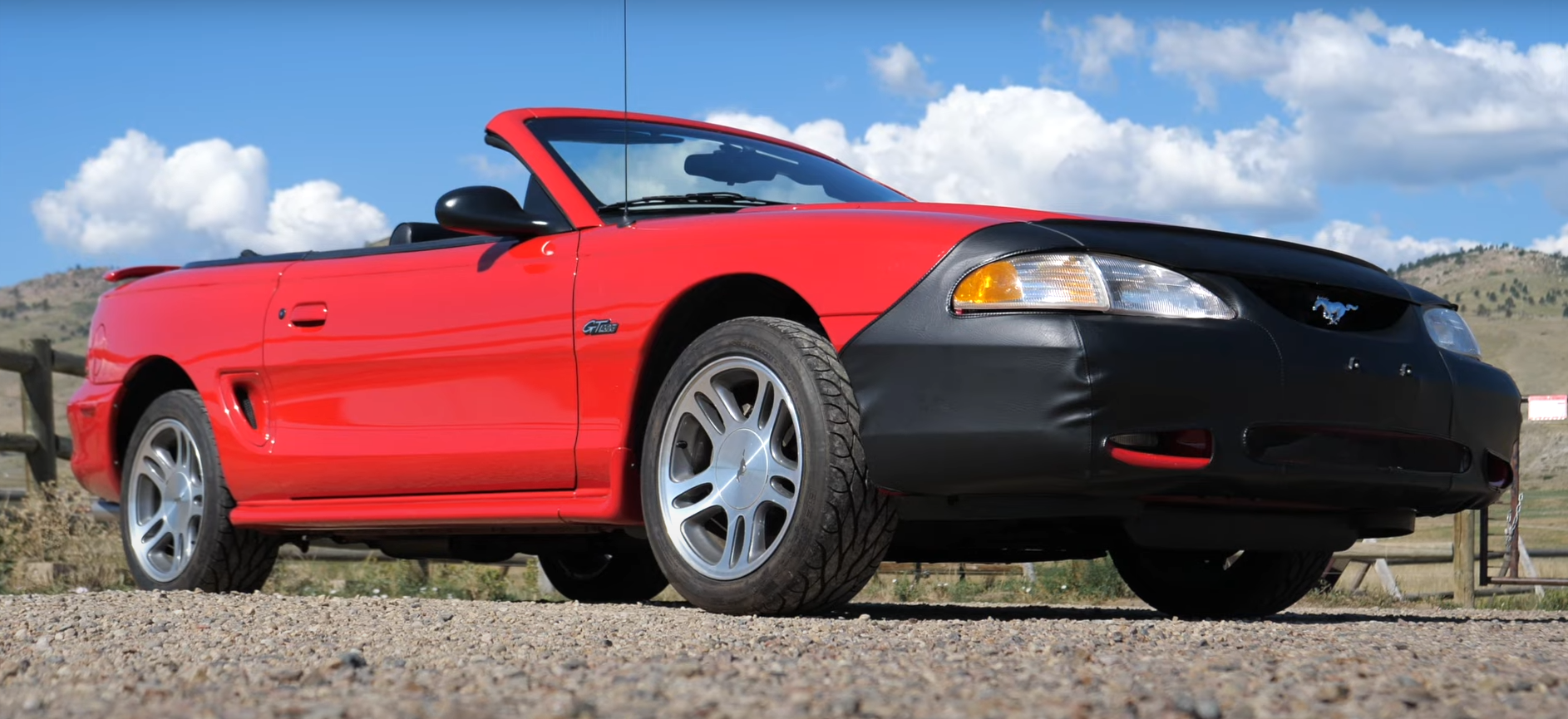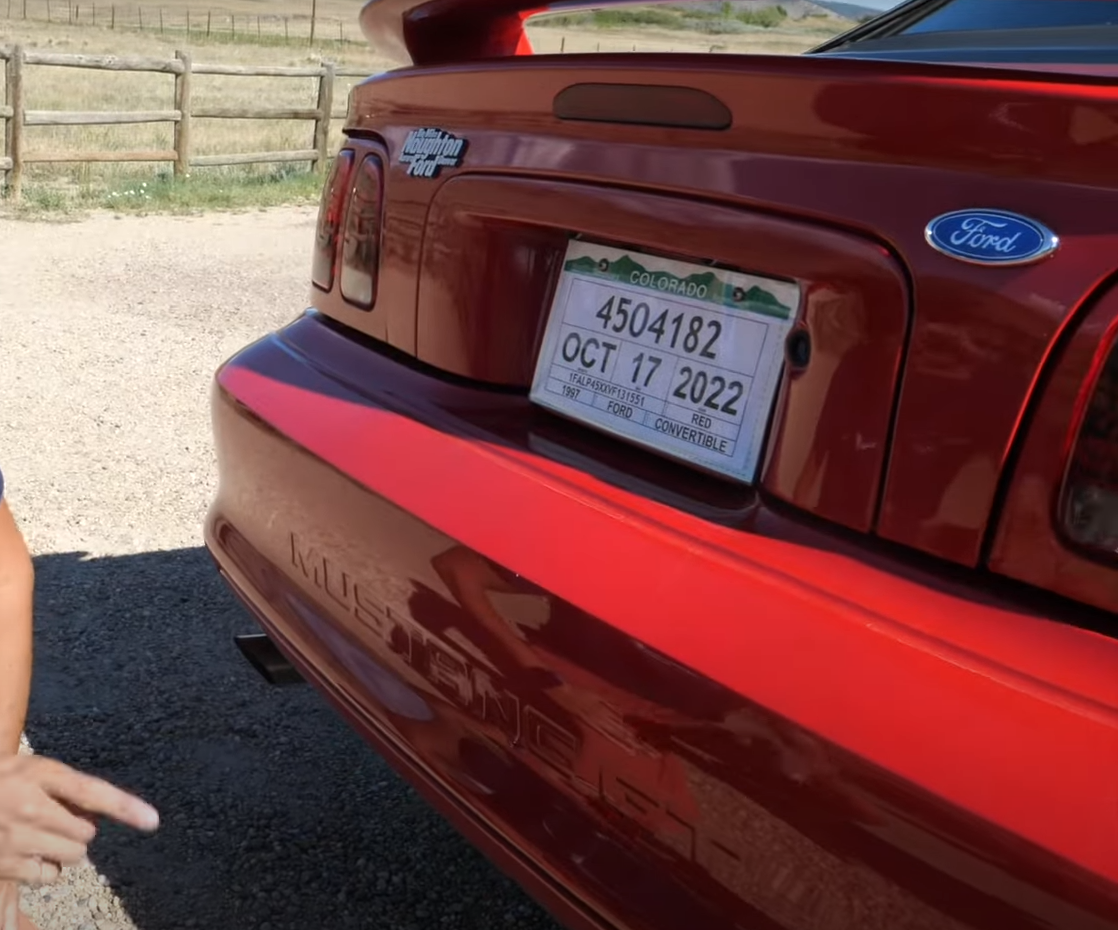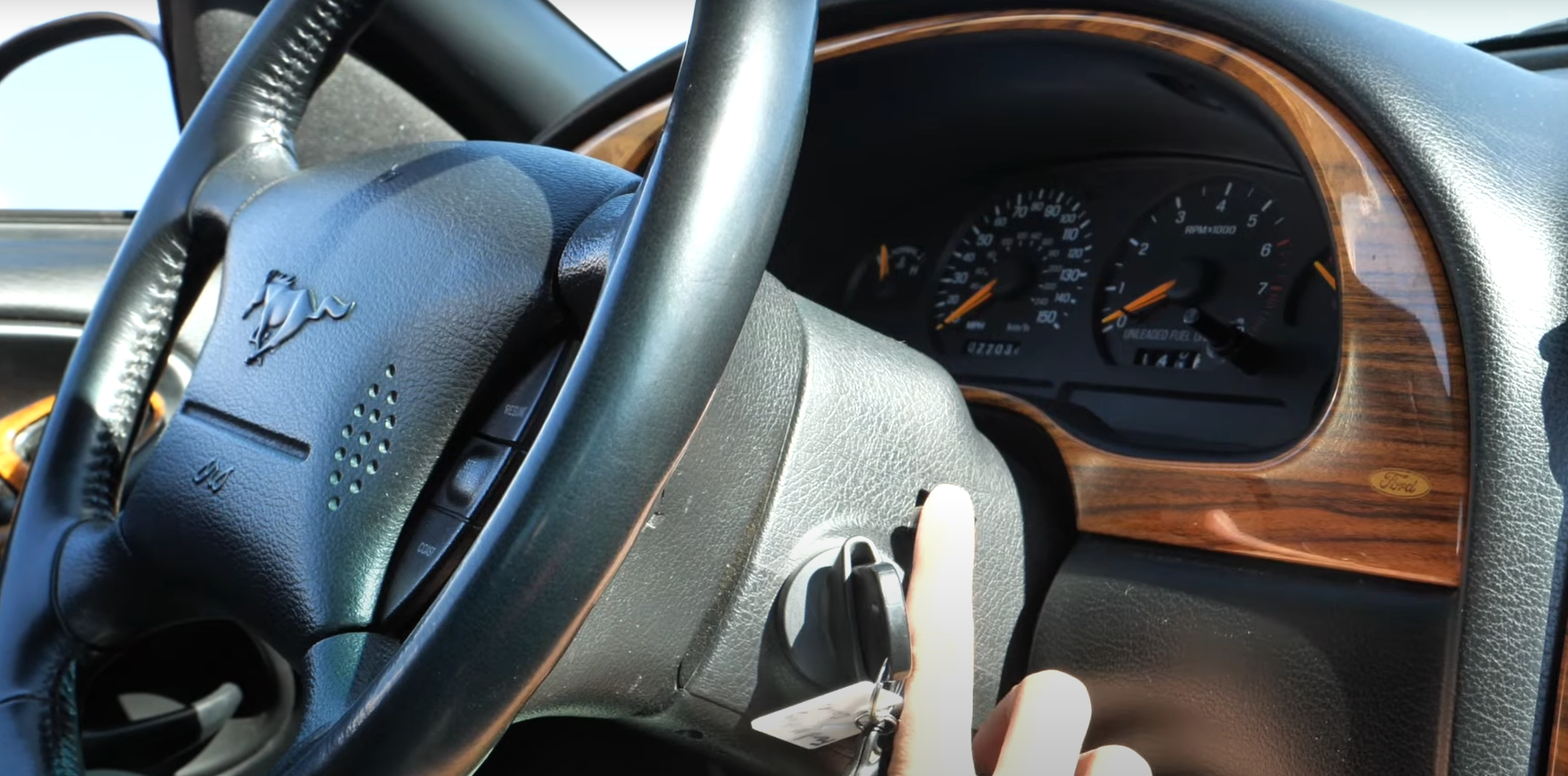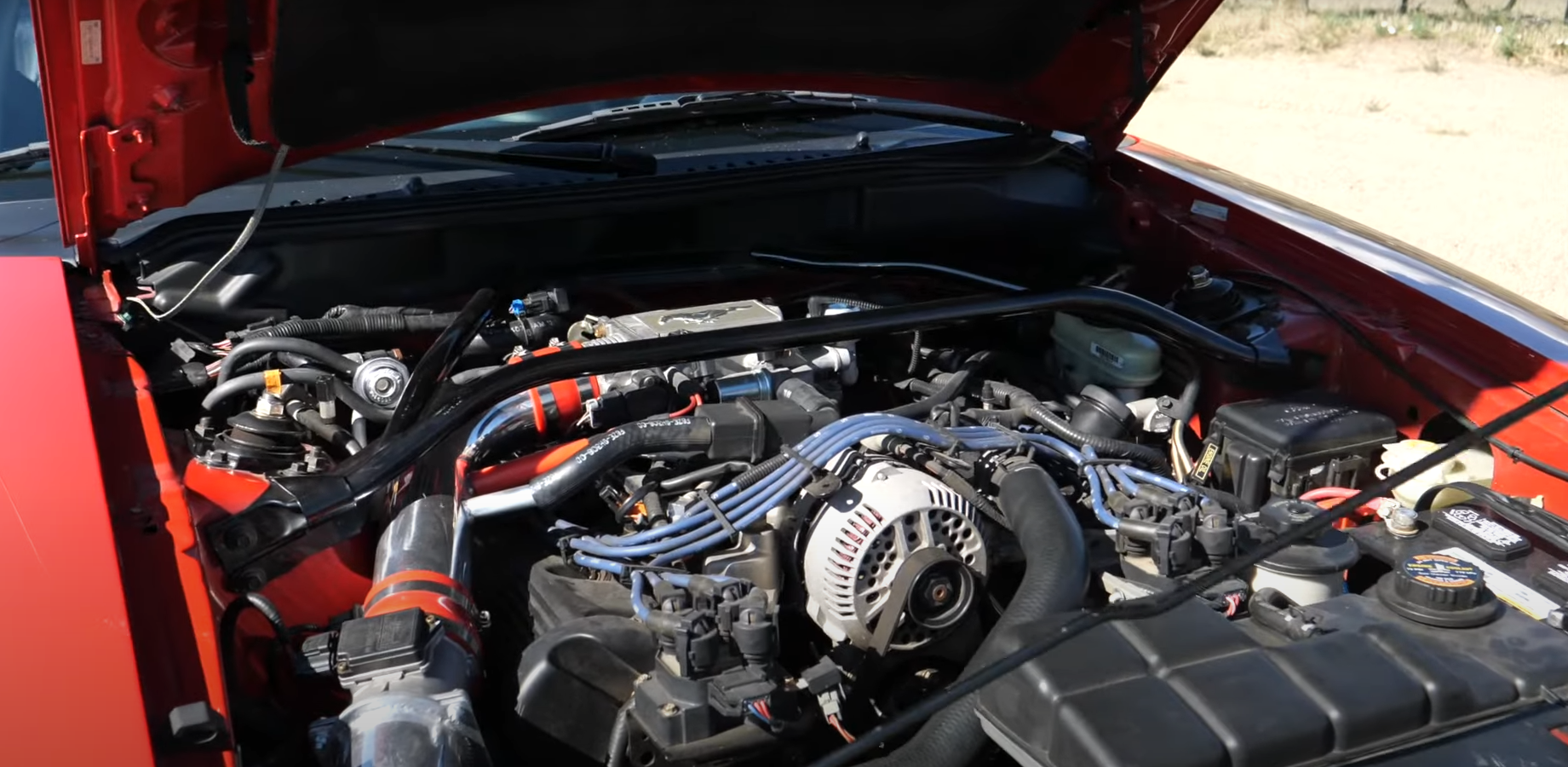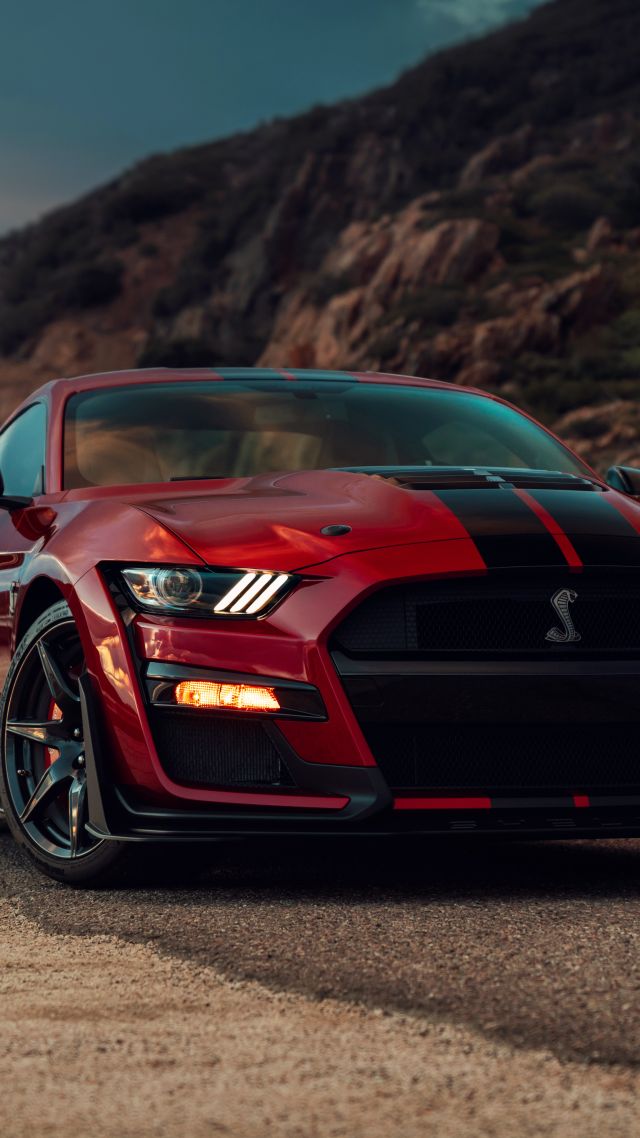He had always dismissed this generation of Mustang as dull and uninspired. After spending several days behind the wheel, though, his opinion shifted. The mid-1990s models revealed a surprising mix of charm, value, and solid engineering. This 1997 convertible, bought for a modest price, became a key part of a project comparing convertibles from the United States, Germany, and Japan.
As he examined the car, he noticed its mix of old-school design cues and questionable styling choices. The SN95 Mustang drew inspiration from earlier models while introducing updates that marked a new era for Ford. Despite a few odd modifications and signs of age, the car’s character stood out. It captured a moment in Mustang history that often goes overlooked but deserves a closer look.
Key Takeaways
- The 1997 Mustang blends retro styling with 1990s updates.
- Its design and performance reflect a transition in Ford’s approach.
- The car’s unique features and flaws make it worth re-evaluating.
1997 Ford Mustang Overview
Background of the SN95 Model Line
The 1997 Mustang belongs to the fourth generation, known inside Ford as the SN95. The name stood for “Specialty North America” and marked the 95th project in Ford’s development sequence. Ford invested over $700 million in its design, though the chassis still traced back to the earlier Fox platform.
Built from 1994 to 2004, this generation included two main body styles: the original 1994–1998 version and the later “New Edge” update. The SN95 design revived several classic Mustang cues, such as the prancing horse emblem on the grille, a feature not seen since the 1970s. GT models also gained fog lights and a more muscular stance.
Contrast with the Fox Body Mustang
Compared to the Fox Body Mustang (1979–1993), the SN95 offered a smoother shape and a more refined interior. While the Fox Body was known for its boxy look and raw performance, the SN95 aimed for a more modern and comfortable design.
| Feature | Fox Body (1979–1993) | SN95 (1994–1998) |
|---|---|---|
| Chassis | Original Fox platform | Updated Fox-based structure |
| Styling | Angular and minimal | Rounded and retro-inspired |
| Base Engine | 2.3L I4 or 5.0L V8 | 3.8L V6 or 4.6L V8 |
| Ride Quality | Firm and basic | Smoother with added bracing |
The SN95’s convertible models improved rigidity with extra bracing, addressing the wobbliness that plagued earlier drop-tops.
Model Years and Major Updates
The 1997 Mustang GT used a 4.6-liter modular V8 producing 215 horsepower and 285 lb-ft of torque, replacing the older 5.0-liter pushrod engine. This newer engine used single overhead cams and 16 valves, providing smoother operation but similar power.
Ford later increased performance in 1998 and beyond, especially with high-performance trims like the Cobra and Terminator models. Some versions even offered independent rear suspension, though most retained the solid rear axle.
Optional features for 1997 included 17-inch wheels, sport bucket seats, and a limited-slip differential with 3.27 gears. Inside, the dual-cockpit dashboard design echoed classic Mustangs, though some cars featured dealer-added wood trim that looked dated by modern standards.
Exterior Design and Styling
Convertible Characteristics
The 1997 Mustang convertible gives off a relaxed, open-air vibe rather than a high-performance look. Its soft top folds neatly, and the car’s proportions stay balanced even when the roof is down. The GT 4.6-liter badge on the side adds a small retro touch that nods to its muscle car roots.
| Feature | Description |
|---|---|
| Roof Type | Fabric soft top |
| Wheel Options | Standard 16-inch, optional 17-inch |
| Rear Wing | Standard on GT trim |
| Body Shape | Rounded, mid-90s styling |
Horse Emblem and Classic Touches
Ford brought back the running horse emblem on the grille, a design cue missing since the late 1970s. The badge sits front and center, though the mounting looks slightly awkward. The overall shape of the SN95 model reflects early Mustang influences, mixing nostalgic cues with smoother 1990s lines.
Exterior Changes and Add-Ons
The car originally came with a LeBra front cover and headlight shields, both of which hid the clean front-end design. Once removed, the headlights looked far better. The side vents are decorative rather than functional, and the hood shows visible surface wear with small scratch-like marks. The optional 17-inch wheels and unusual BFGoodrich tires give it a distinctive, if odd, appearance.
Notable Additions:
- Decorative side vents
- Aftermarket cold air intake
- Optional sport wheels
- Factory fog lights under the bumper
Concept Design Influence
Before finalizing this version, Ford tested three design concepts. They were ranked by how bold they looked:
- Jenner – smooth and flowing lines
- Schwarzenegger – the chosen design, balanced and muscular
- Rambo – boxy and extreme
The production model kept the rounded body and integrated bumpers, giving it a modern but still recognizable Mustang identity.
Visible Exterior Problems
The composite hood shows clear signs of wear, with small marks that stand out against the otherwise clean paint. Some plastic trim pieces also look dated. While the car’s overall condition remains solid, these details remind viewers that even well-kept examples of this generation can show age in their exterior materials.
Interior Features and Details
Split Dashboard Layout
The dashboard uses a two-section design that mirrors the driver and passenger sides. Each side curves inward, creating a balanced look that separates both seating areas. This setup recalls earlier Mustang interiors and gives the cabin a simple but familiar shape.
Faux Wood Trim Accents
Panels across the dash, gauge cluster, and center console feature wood-style appliqué. The finish appears glossy but looks artificial up close. It was likely a dealer add-on meant to add luxury, though it contrasts with the car’s sporty theme.
| Location | Material | Appearance |
|---|---|---|
| Gauge Cluster | Plastic with wood-look film | Shiny, light brown |
| Center Console | Same finish | Surrounds shifter and clock |
| Dashboard | Matching trim | Extends across upper dash |
Distinct SRS Inscription
The SRS label on the passenger side uses a different font from the standard airbag markings seen in most cars. This small detail stands out because manufacturers usually follow a uniform typeface for safety labels.
Contoured Front Seats
The car includes sport-style bucket seats with firm side bolsters. They provide moderate support and help keep the driver and passenger steady during turns. The shape emphasizes comfort over aggression, fitting the car’s relaxed driving character.
Engine and Performance
Powertrain Choices and Updates
The mid-1990s Mustang came with two main engines. The base model used a 3.8-liter V6, while the GT carried a 5.0-liter V8 from the earlier generation. By 1996, Ford replaced the old pushrod V8 with a 4.6-liter modular engine that used single overhead cams and 16 valves. This change modernized the car but kept power output at 215 horsepower and 285 lb-ft of torque.
4.6L Modular V8 Overview
The 4.6-liter engine marked a shift toward more advanced design. It used aluminum heads and a smoother power curve but faced criticism for being underpowered compared to rivals like the Camaro. Later versions improved output, and high-performance trims such as the Cobra added supercharging to reach up to 390 horsepower.
Performance Benchmarks
While the Mustang GT’s 215 horsepower felt modest for its time, it still delivered a classic V8 sound and steady acceleration. Competing cars in the late 1990s offered higher numbers, but the Mustang balanced cost, reliability, and parts availability.
| Model Year | Engine Type | Horsepower | Torque (lb-ft) |
|---|---|---|---|
| 1994–1995 GT | 5.0L V8 | 215 | 285 |
| 1996–1997 GT | 4.6L V8 | 215 | 285 |
| 2003–2004 Cobra | 4.6L Supercharged V8 | 390 | 390 |
Gearbox and Rear Axle
The car used a manual or automatic transmission paired with a solid rear axle. This setup favored durability and simple maintenance. The GT version featured 3.27 gears and a Traction-Lok limited-slip differential, improving traction during acceleration. Some higher trims later offered independent rear suspension for better handling.
Chassis Support and Reinforcement
Convertible models needed extra rigidity, so Ford added strut tower braces and X-shaped underbody bracing. These parts reduced body flex and improved steering response. The example shown also had an aftermarket cold air intake, which replaced the stock air box for slightly better airflow. Optional 17-inch wheels with performance tires completed the setup, giving the car a more planted stance.
Aftermarket Modifications
Upgraded Air Intake System
The car uses an aftermarket cold air intake instead of the original Ford part. This setup helps the engine breathe more freely by drawing cooler air from outside the engine bay. While it doesn’t drastically change performance, it gives the engine bay a cleaner look and a louder intake sound.
| Feature | Stock Setup | Aftermarket Setup |
|---|---|---|
| Air Source | Warm air from engine bay | Cooler air from outside |
| Sound | Quiet | Louder, more noticeable |
| Appearance | Factory plastic | Exposed tubing and filter |
Front-End Accessories
The Mustang came with a front-end cover and dark headlight shields that hid much of the car’s design. Once removed, the headlights looked clearer and the front end appeared sharper. The cover also blocked the fog lights that came standard on the GT model, making the car look dated and less functional.
Removed parts:
- Black vinyl front-end cover
- Tinted headlight shields
Result:
- Brighter headlights
- Visible fog lights
- Cleaner appearance
Wheels and Tire Setup
This Mustang rides on optional 17-inch wheels, larger than the standard 16-inch ones. The wheels fill the arches better and give the car a sportier stance. The tires, made by BFGoodrich, have an unusual tread pattern that stands out from typical designs.
Wheel and Tire Details:
- Wheel size: 17 inches (factory option)
- Tire brand: BFGoodrich
- Tread design: Aggressive and unconventional
- Rear differential: 3.27 gears with limited-slip
These changes give the car a slightly more purposeful look while keeping its classic 1990s charm.
Series Context: From Stud to Dud
Convertible Lineup
The project features three convertibles from different countries. The American entry is a 1997 Ford Mustang GT convertible bought for $8,500. The German car is a Mercedes SL, and the Japanese model is a Nissan 300ZX. Each vehicle represents its country’s approach to open-top driving.
| Country | Model | Notable Feature |
|---|---|---|
| United States | 1997 Ford Mustang GT | 4.6L V8, retro styling |
| Germany | Mercedes SL | Luxury focus |
| Japan | Nissan 300ZX | Sporty design |
The Mustang completes the trio, rounding out the comparison for the series.
Place in the Show
In the series, the Mustang serves as the American benchmark. It stands in contrast to the precision of the Mercedes and the agility of the 300ZX. The team uses it to explore how a once-celebrated muscle car generation aged into an overlooked bargain.
The car’s condition, modifications, and design quirks add character to the lineup. Its mix of retro cues, fake vents, and dealer-style wood trim reflects the era’s design trends. This Mustang’s role highlights how perception can shift—from admired to dismissed—when time and taste evolve.
Final Thoughts on the SN95 Mustang
He admits that driving the 1997 Mustang changed his opinion of this generation. Once dismissed as dull, the SN95 now feels underrated and affordable. The convertible version cost $8,500, making it an accessible entry into classic Mustang ownership.
The SN95, short for Specialty North America 95, replaced the Fox Body and carried over some of its chassis design. Ford invested about $700 million in development, producing this body style from 1994 to 1998 before updating it into the New Edge.
Design details:
- The return of the prancing horse emblem on the grille
- Fog lights standard on GT models
- Fake side vents that look functional but aren’t
- A dual-cockpit dashboard layout inside
Inside, the car features a fake wood trim that feels dated but reflects the 1990s trend of luxury styling. The “SRS” badge even uses a nonstandard font, a small but odd design choice.
Under the hood, the 4.6-liter modular V8 replaced the old 5.0 pushrod engine. It produced 215 horsepower and 285 lb-ft of torque, matching the older engine’s output but offering smoother operation. The car uses a solid rear axle with 3.27 gears and a limited-slip differential, giving it decent traction.
| Feature | Specification |
|---|---|
| Engine | 4.6L SOHC V8 |
| Horsepower | 215 hp |
| Torque | 285 lb-ft |
| Transmission | 5-speed manual |
| Rear Axle | Solid with Trac-Lok |
| Wheels | Optional 17-inch alloys |
Even with its modest power and soft suspension, the car’s solid condition, classic styling cues, and low price make it a surprisingly enjoyable Mustang to drive today.


